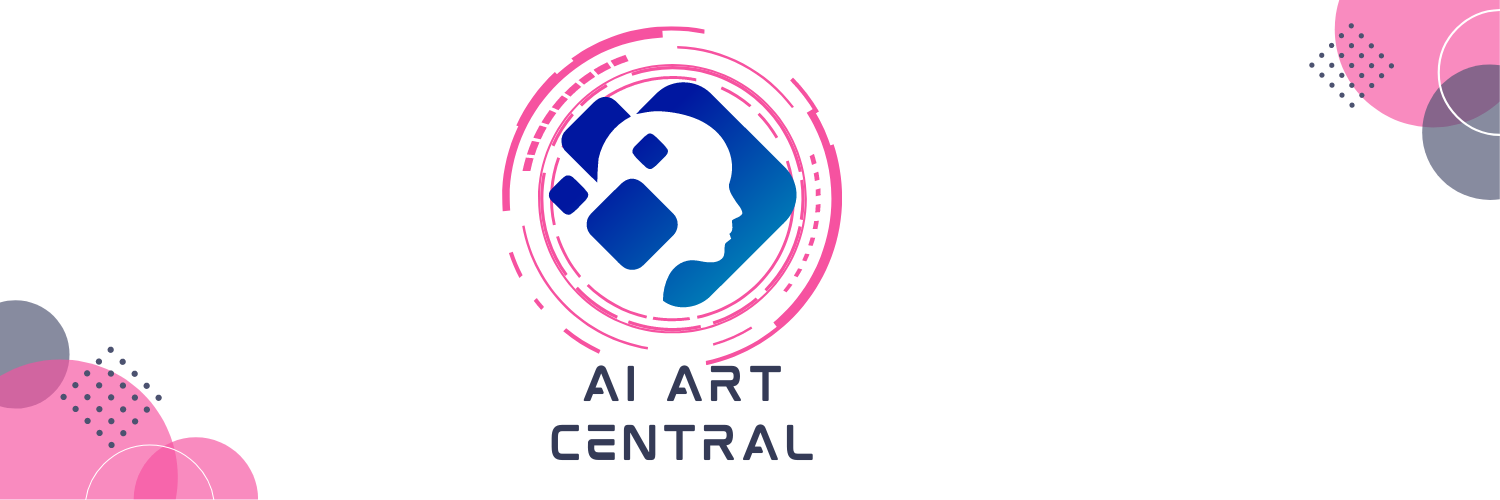Who Should Art Produced by AI Belonged To?

While AI is already being used to create art, we should consider who owns the works created by these machines. The use of AI in art is a new frontier and the legal protection of creative works is still in question. Although we might not be able to predict when and how AI will begin creating art, we can imagine what the consequences could be. One recent example is the use of facial-recognitionrecognition software to create images of people.
However, some artists have raised concerns about AI stealing work from the public domain. While AI could be seen as innovative, some artists have worried that reproducing preexisting images by machine could be considered plagiarism. But LeMay argues that AI referencing techniques do not constitute plagiarism. Rather, the art piece is its own when it combines themes, styles, and techniques. If it can pass these tests, it should be regarded as its own work.
While AI generated art poses no threat to the livelihood of human artists, its emergence is likely to affect the market for art. Some artists are already creating their own work by using AI, utilizing training sets and open source algorithms. The rise of AI in the art market has long-term implications, however.
AI art could be protected by copyright, but this could take some time. In the meantime, a new law might be needed to define “author” in the Copyright Act. This could allow an artificial intelligence company to claim the copyright of an AI-created piece of art. The US Copyright Office has yet to grant copyright protection to AI works, arguing that they have not been created by humans.
The use of AI has raised many questions about copyright. The question of who owns AI-generated works of art should be examined by both the European Union and the United States. The EU’s copyright laws are generally good for dealing with the challenges posed by AI. It’s worth noting, however, that AI-produced works of art may still have watermarks and signatures.
There is no universally agreed-upon definition of art. The current debate over the subject is largely defined by two schools of thought. One is the computationalist school, which claims that machine learning will ultimately usurp human genius. The other school, however, places the human artist at the center.
As AI continues to develop, artists are developing methods to make use of the technology to create art. These artists are now working with algorithms that analyze thousands of images and generate new forms, shapes, figures, and patterns. These artists collaborate with computer scientists, neuroscientists, and creative coders.
As the development of AI continues, the issue of authorship and ownership of artificially-produced output becomes increasingly complicated. Some scholars are concerned that AI-produced works can not be protected by copyright. Others argue that such works should be protected by special neighbouring rights. This article explores this issue.
